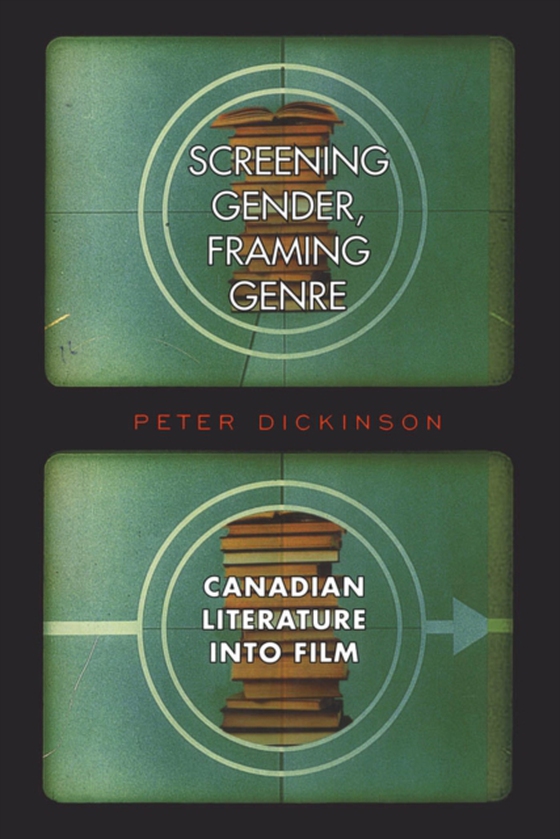
Screening Gender, Framing Genre e-bog
591,74 DKK
(ekskl. moms 473,39 DKK)
Audiences often measure the success of film adaptations by how faithfully they adhere to their original source material. However, fidelity criticism tells only part of the story of adaptation. For example, the changes made to literary sources in the course of creating their film treatments are often fascinating in terms of what they reveal about the different processes of genre recognition an...
E-bog
591,74 DKK
Forlag
University of Toronto Press
Udgivet
28 december 2006
Længde
304 sider
Genrer
1KBC
Sprog
English
Format
pdf
Beskyttelse
LCP
ISBN
9781442679658
Audiences often measure the success of film adaptations by how faithfully they adhere to their original source material. However, fidelity criticism tells only part of the story of adaptation. For example, the changes made to literary sources in the course of creating their film treatments are often fascinating in terms of what they reveal about the different processes of genre recognition and gender identification in both media, as well as the social, cultural, and historical contexts governing their production and reception.In Screening Gender, Framing Genre, Peter Dickinson examines the history and theory of films adapted from Canadian literature through the lens of gender studies. Unique in its discussion of a range of different adaptations, including films based on novels, plays, poetry, and Native orature, this study offers new and often provocative readings of works by such well-known Canadian authors as Margaret Atwood, Marie-Claire Blais, and Michael Ondaatje, and by such important Canadian filmmakers as Mireille Dansereau, Claude Jutra, Robert LePage, and Bruce McDonald. Drawing with equal facility from film and gender theory, and revealing a thorough knowledge of both literary and cinematic history, Dickinson has written a lively and engaging study that is sure to resonate with readers curious about the intersection of Canadian cultural production and broader issues of gender and national identity formation.
 Dansk
Dansk

